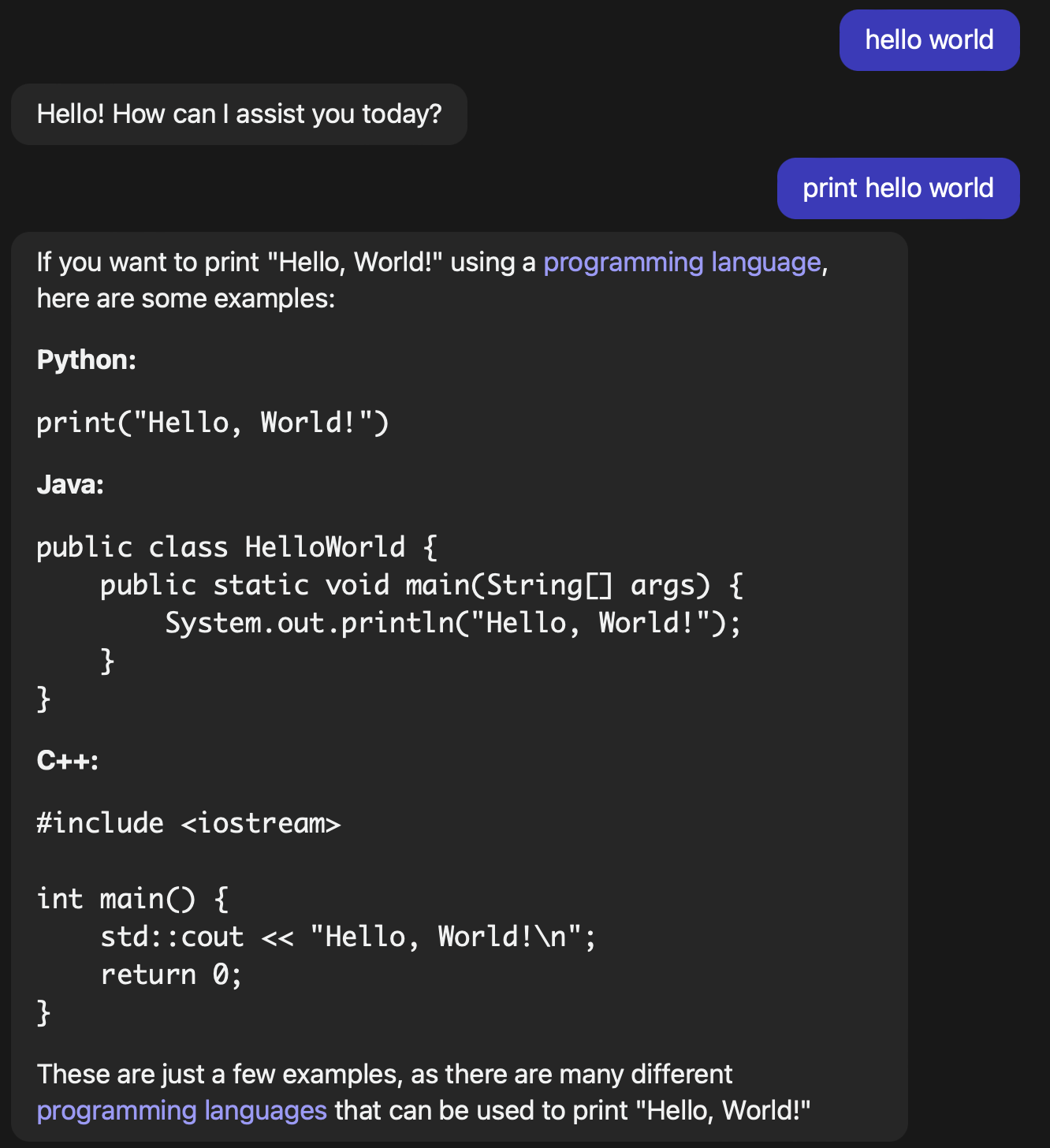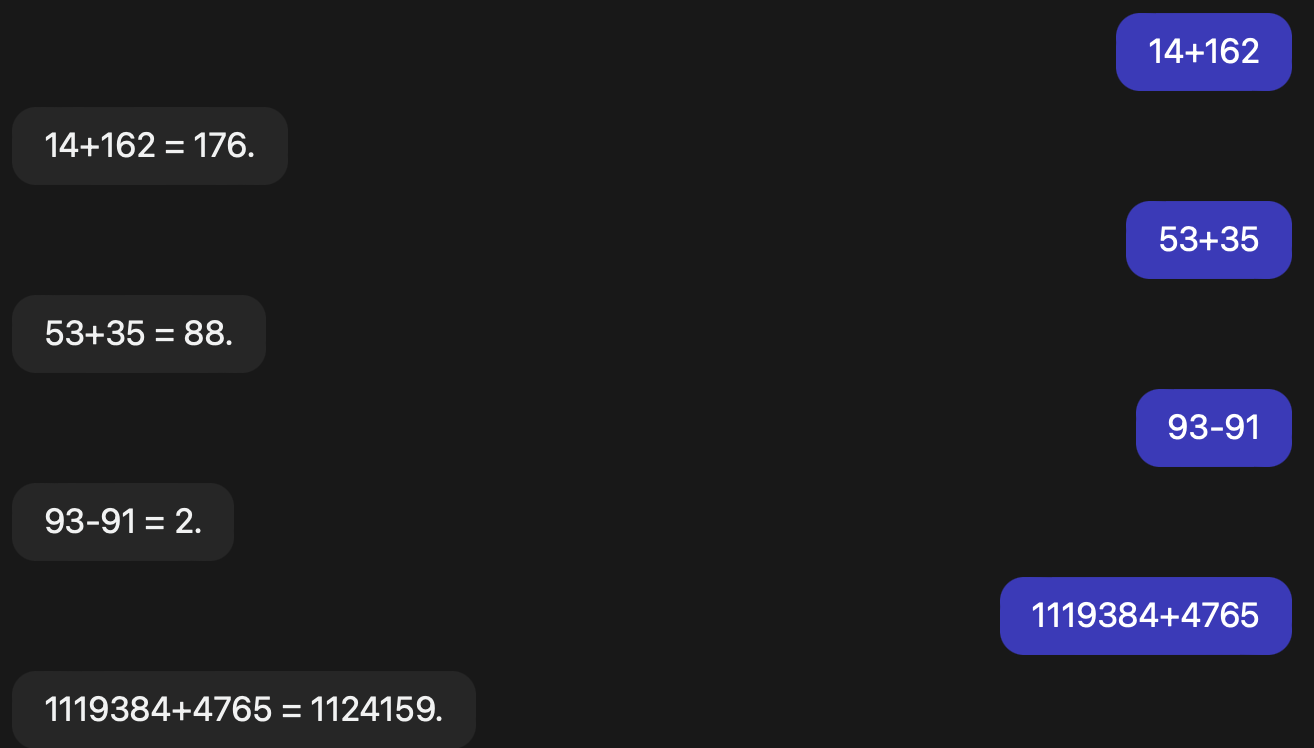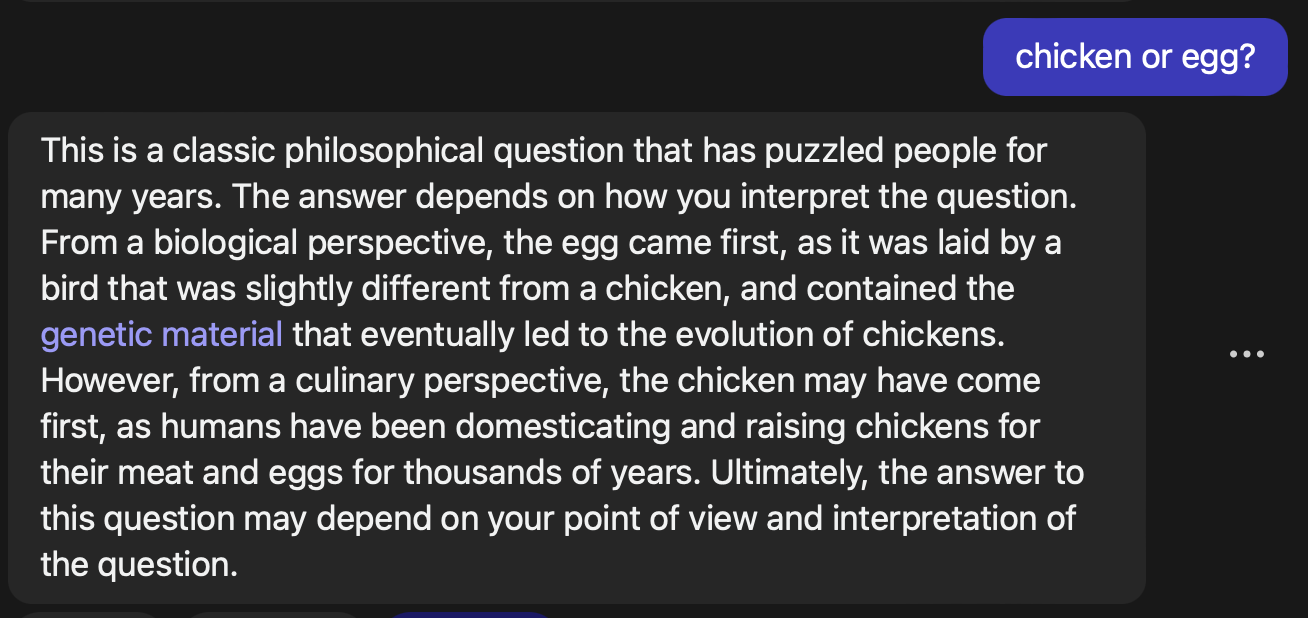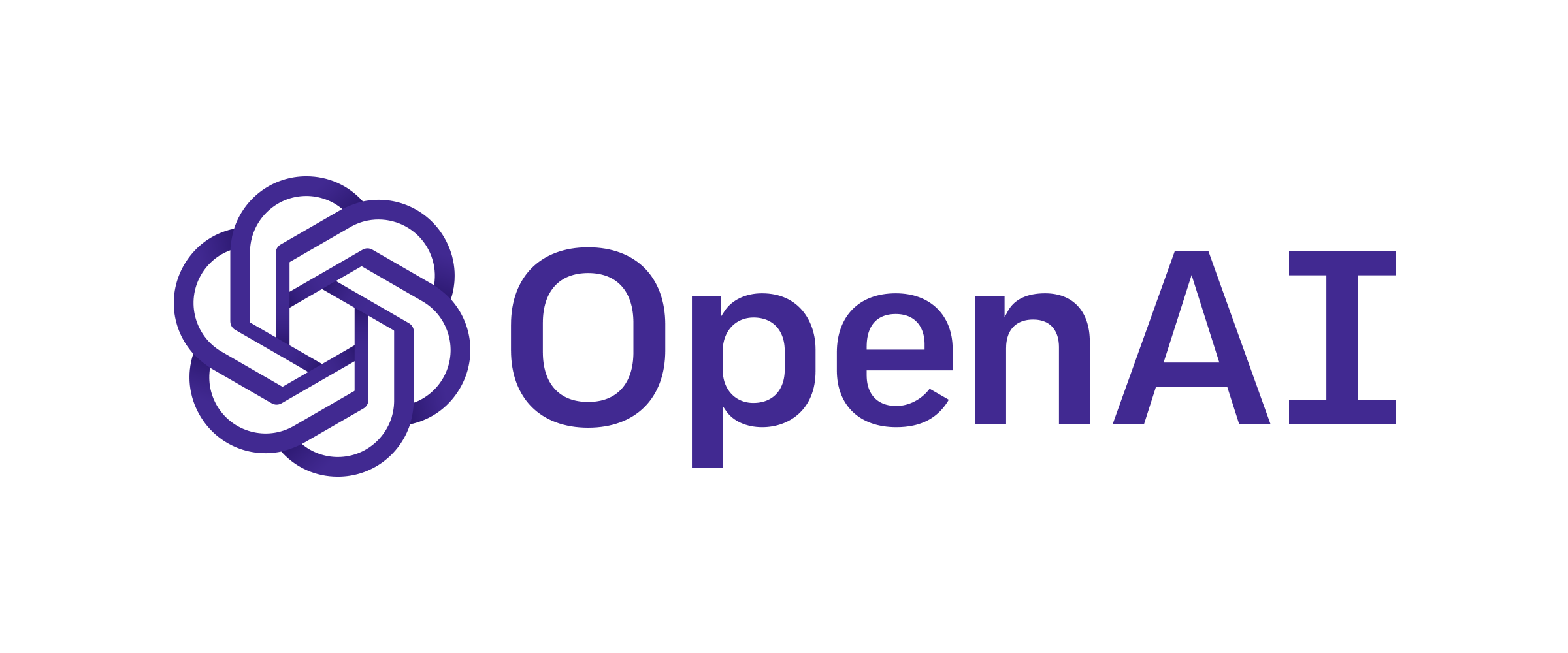ChatGPT is a large language model developed by OpenAI that uses natural language processing (NLP) and deep learning algorithms to understand and respond to text-based queries. It is designed to answer a wide range of questions, provide helpful information, and engage in natural conversations with users. ChatGPT is trained on a massive corpus of text data, including books, articles, and websites, and is continually updated to improve its accuracy and performance.
Behind the scene, how does it work?
Training data: The language model is trained on a large corpus of text data, such as books, articles, and websites. The model analyzes the text and learns the patterns and relationships between words and phrases.
Tokenization: The text is broken down into individual words or tokens, which are then represented as numerical vectors that the model can understand.
Model architecture: The language model uses a neural network architecture, such as a transformer, to process the input tokens and generate output tokens.

Prediction: Given a sequence of input tokens, the language model predicts the probability distribution of the next token in the sequence, based on the patterns and relationships learned from the training data.
Sampling: The language model samples from the probability distribution to generate the next token in the sequence, and repeats this process until the desired length of the text is generated.
Fine-tuning: Depending on the application, the language model may be fine-tuned on a specific task or domain, such as customer service or news generation, to improve its accuracy and performance.
What is the use of ChatGPT
Customer service: ChatGPT can be used as a virtual assistant to provide customer service and answer frequently asked questions, freeing up human agents to focus on more complex issues.
Personal assistant: ChatGPT can be used as a personal assistant to help with tasks such as scheduling appointments, setting reminders, and sending messages.
Language translation: ChatGPT can be used to translate text from one language to another, making it easier for people to communicate across different languages and cultures.
Education: ChatGPT can be used to provide educational content, answer questions, and help students with homework and assignments.
Mental health: ChatGPT can be used as a mental health chatbot to provide support and counseling for people who are struggling with mental health issues.
Real try
Hello World

Great! ChatGPT helps me to write a simple program in 3 programming languages.
Simple Addition

As you can see ChatGPT is not as smart as you expected, sometimes it is worse than your calculator. (If you noticed that the last one gave me the wrong answer)
Philosophical question

Haha, I think so!
Overall
While ChatGPT can generate text that is creative and engaging, it lacks the ability to think, feel, and experience the world in the way that humans do. Art is often created from a place of personal expression, emotion, and creativity, and it is unlikely that ChatGPT will be able to replicate these qualities in the same way that humans do.
More than that
Even though most of the articles are generated by ChatGPT or other Language models here. I want to indicate that do not rely too much on it and simply treat it as a tool. It is too far if you expect ChatGPT art as a human.
As a tech person, it is also a concern that ChatGPT is not open source. ChatGPT involves lots of issues such as Misinformation, Illegal activities and of course Political correctness.
